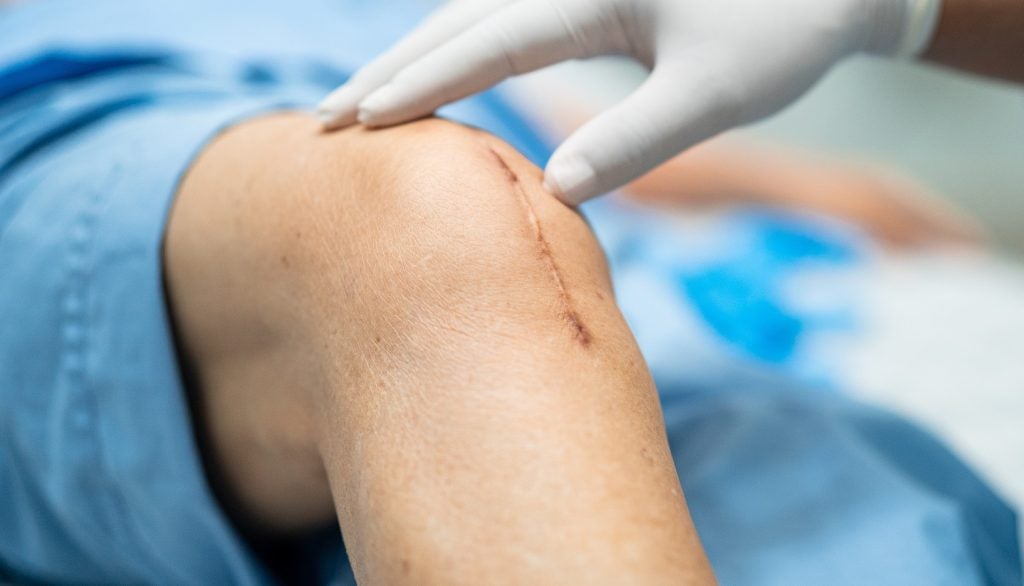
Researchers at the Swiss Federal Institute of Technology Lausanne (EPFL) institute and ETH Zurich university in Switzerland have created microrobots that can adapt to their surroundings in the human body and enable targeted drug delivery.
Inspired by bacteria, the new ingestible devices contain hydrogel nanocomposites with magnetic nanoparticles. The composition of the devices allows them to be controlled through an electromagnetic field.
The robots are smart, flexible and biocompatible. The team said that the devices can adjust their movements to get to hard-to-reach areas of the body.
The microrobots can also swim through fluids as well as pass through narrow blood vessels and intricate systems without any impact on speed or manoeuvrability.
The researchers designed a new approach to engineer the robots’ shape for easy passage through dense or viscous fluids rapidly. This research has been published in the Science Advances journal.
EPFL team lead researcher Selman Sakar said: “Our robots have a special composition and structure that allow them to adapt to the characteristics of the fluid they are moving through.
“For instance, if they encounter a change in viscosity or osmotic concentration, they modify their shape to maintain their speed and manoeuvrability without losing control of the direction of motion.”
How well do you really know your competitors?
Access the most comprehensive Company Profiles on the market, powered by GlobalData. Save hours of research. Gain competitive edge.

Thank you!
Your download email will arrive shortly
Not ready to buy yet? Download a free sample
We are confident about the unique quality of our Company Profiles. However, we want you to make the most beneficial decision for your business, so we offer a free sample that you can download by submitting the below form
By GlobalDataIn addition to being controlled by an electromagnetic field, the microrobots can be left to navigate on their own through body cavities by using fluid flow.
In August last year, a research team in the US unveiled a similar microrobot with surgical applications.
The team involved scientists from Harvard University’s Wyss Institute for Biologically Inspired Engineering, Harvard John A. Paulson School of Engineering and Applied Sciences (SEAS) and Boston University.
This spider-shaped robot was developed using a single elastic material with body-shaping, motion, and colour features.
City University of Hong Kong researchers also recently created a caterpillar-shaped soft robot which is able to carry and deliver drugs around the body.
Additional reporting by Charlotte Edwards.




